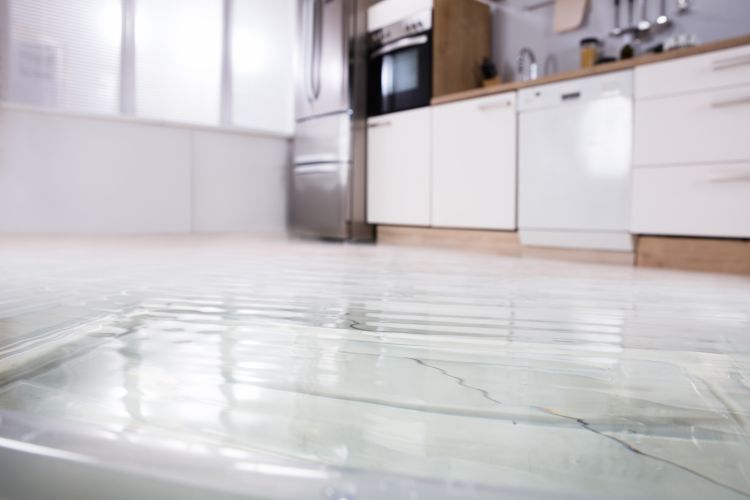When disaster strikes, it is important to contact a professional who can offer water mitigation services. The goal of water damage restoration is to reduce or eliminate the water that has gotten into your property. First, an inspection will be conducted to determine the type of water that caused the damage, and what to do to limit further harm to your home or business. These professionals will then set up powerful equipment to get rid of the moisture and restore your property to its pre-loss condition.

The process of water mitigation begins with removing any standing water. This can be accomplished by using industrial extractors, sub-floor drying systems, and air movers to remove the remaining moisture. Many water mitigation Colorado Springs professionals use methods such as freeze drying, desiccant dehumidification, industrial strength dryers, and blowers to help restore properties to their original condition. Some of these methods may be more effective than others. If you can’t handle the restoration yourself, contact a water mitigation service to help you.
Regardless of the type of water mitigation service you need, you’ll want to have your property assessed immediately. If you have a basement, stagnant water will damage ceilings and walls. Even if the water doesn’t leak directly into the basement, it can also leak into a crawl space. The more water you have in your basement, the more damage it will cause. That means you’ll need to hire a professional as soon as possible. They’ll quickly assess the damages, and will make sure to get your property back up and running as soon as possible.
Once the grading is complete, mitigation technicians will have to remove excess moisture from your property. They’ll use large tanker trucks and portable underwater sump pumps to accomplish this. A basement flood technician will use a trash pump to extract debris, mud, and silt. If the water damage is on an outdoor surface, a mitigation technician may also use a water-resistant trash pump. If the water level in your home is Category 3 or higher, it’s likely that your restoration crews will need to wear specialized equipment to get rid of all the water. During this process, they’ll also remove any debris in order to ensure that it doesn’t spread.
Once mitigation has been completed, restoration professionals will use specialized equipment to dry out the property. Some of this equipment is heavy, but it doesn’t affect the structural stability of your home. If you need the water removed from your home, water mitigation experts will use a variety of tools to do this. They may use a large tanker truck or a portable underwater sump pump, but it’s still a temporary fix. The only way to know is to contact a professional and have them evaluate the damage.
Once the water mitigation team has assessed the damage, they’ll then work on repairing the building’s structure. This is the most important part of the process because water will continue to contaminate your home or office. Once this is complete, the GC-Repairs team will begin to repair the building, clean the area, and restore the foundation. Finally, if the property is structurally sound, you’ll have a much better chance of preventing mold growth in your home.
Water mitigation services can be the first step in your property recovery. They’ll help you mitigate the damage and prevent further water damage. They’ll use specialized equipment and techniques to dry the affected areas. The sooner the water mitigation process begins, the less damage you’ll have to deal with. You’ll also benefit from the professional’s expertise and experience. A knowledgeable, professional company can provide the best water mitigation services for your property.
Water mitigation services are a must for any homeowner. Whether you’ve suffered flooding from a major storm or a simple overflowing toilet, a water-damaged home will require immediate attention. An experienced company will use the latest technology and trained contractors to prevent further damage and restore it to its pre-loss state. You can then start restoring your home, but only after the water mitigation process is complete. You can’t begin to do repairs until the water mitigation process is complete.